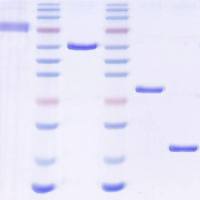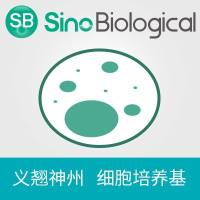A Cell-Free System for Reconstitution of Transport Between Prevacuolar Compartments and Vacuoles in Saccharomyces cerevisiae
互联网
487
Genetic approaches have revealed more than 50 genes involved in the delivery of soluble zymogens like carboxypeptidase Y (CPY) to the lysosome-like vacuole in Saccharomyces cerevisiae . At least 20 of these genes function in transport between the prevacuolar endosome-like compartment (PVC) and the vacuole. To gain biochemical access to these functions, the authors developed a cell-free assay that measures transport-coupled proteolytic maturation of soluble zymogens in vitro . A polycarbonate filter with a defined pore size is used to lyse yeast spheroplasts after pulse-chase radiolabeling. Differential centrifugation enriches for PVCs containing proCPY (p2CPY) in a 125,000g membrane pellet and is used as donor membranes. Nonradiolabeled spheroplasts are also lysed with a polycarbonate filter but a 15,000g membrane pellet enriched for vacuoles is collected and used as acceptor membranes. When these two crude membrane pellets are incubated together with adenosine triphosphate and cytosolic protein extracts, nearly 50% of the radiolabeled p2CPY can be processed to the mature vacuolar form, mCPY. This cell-free system allows reconstitution of intercompartmental transport coupled to the function of VPS gene products.








